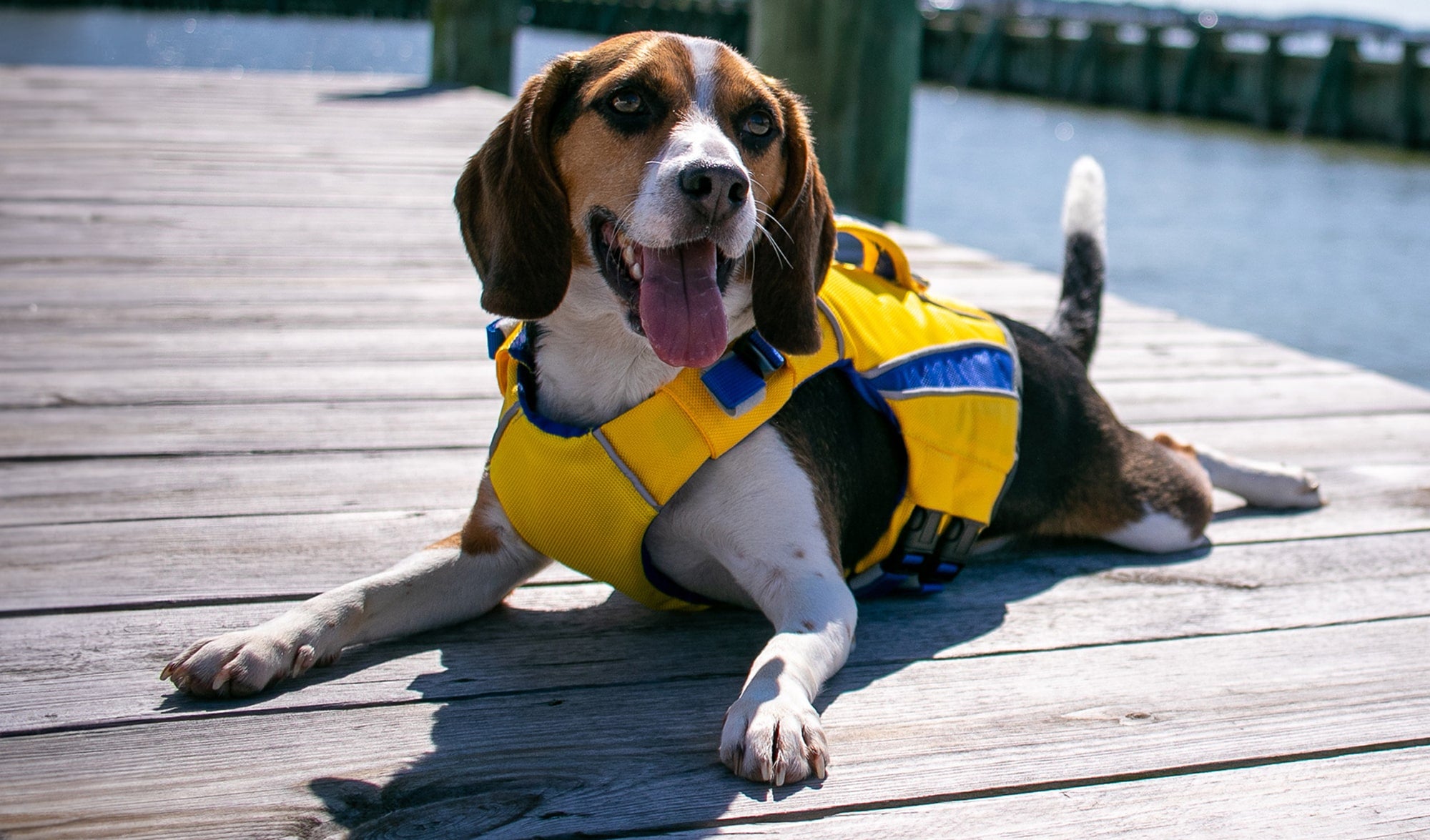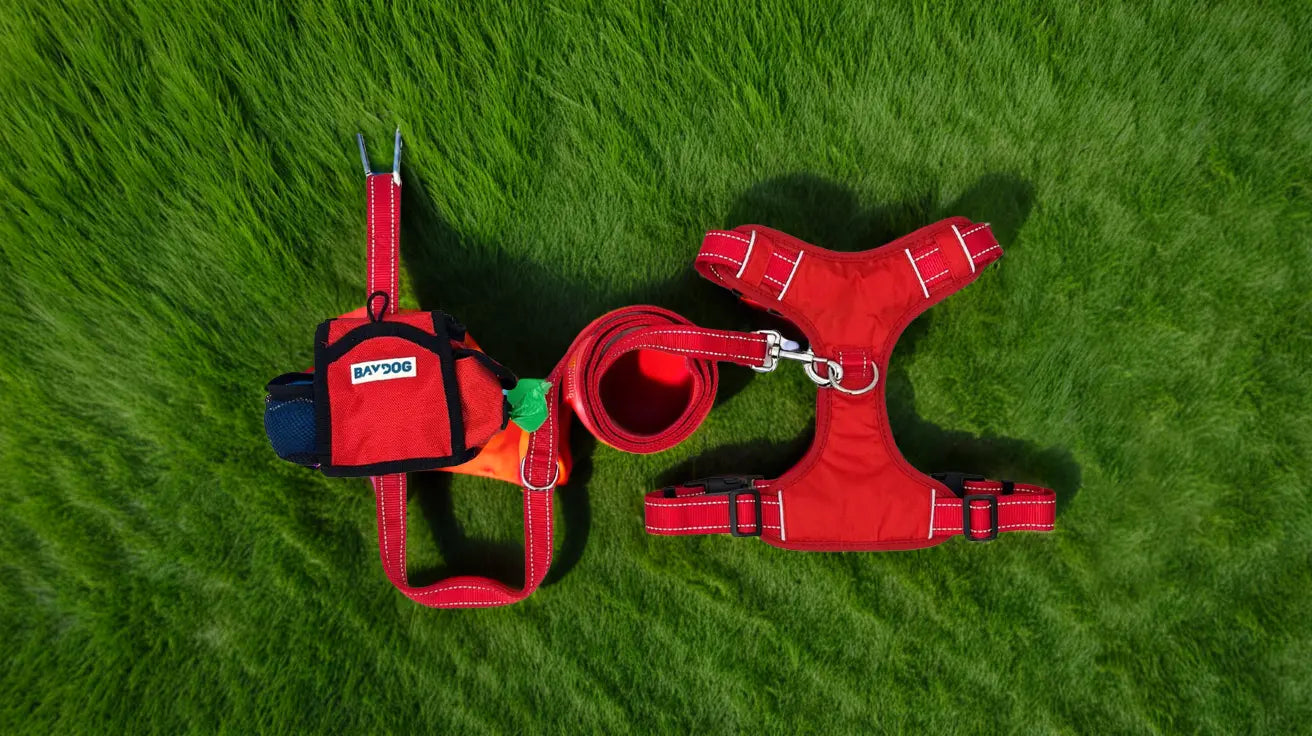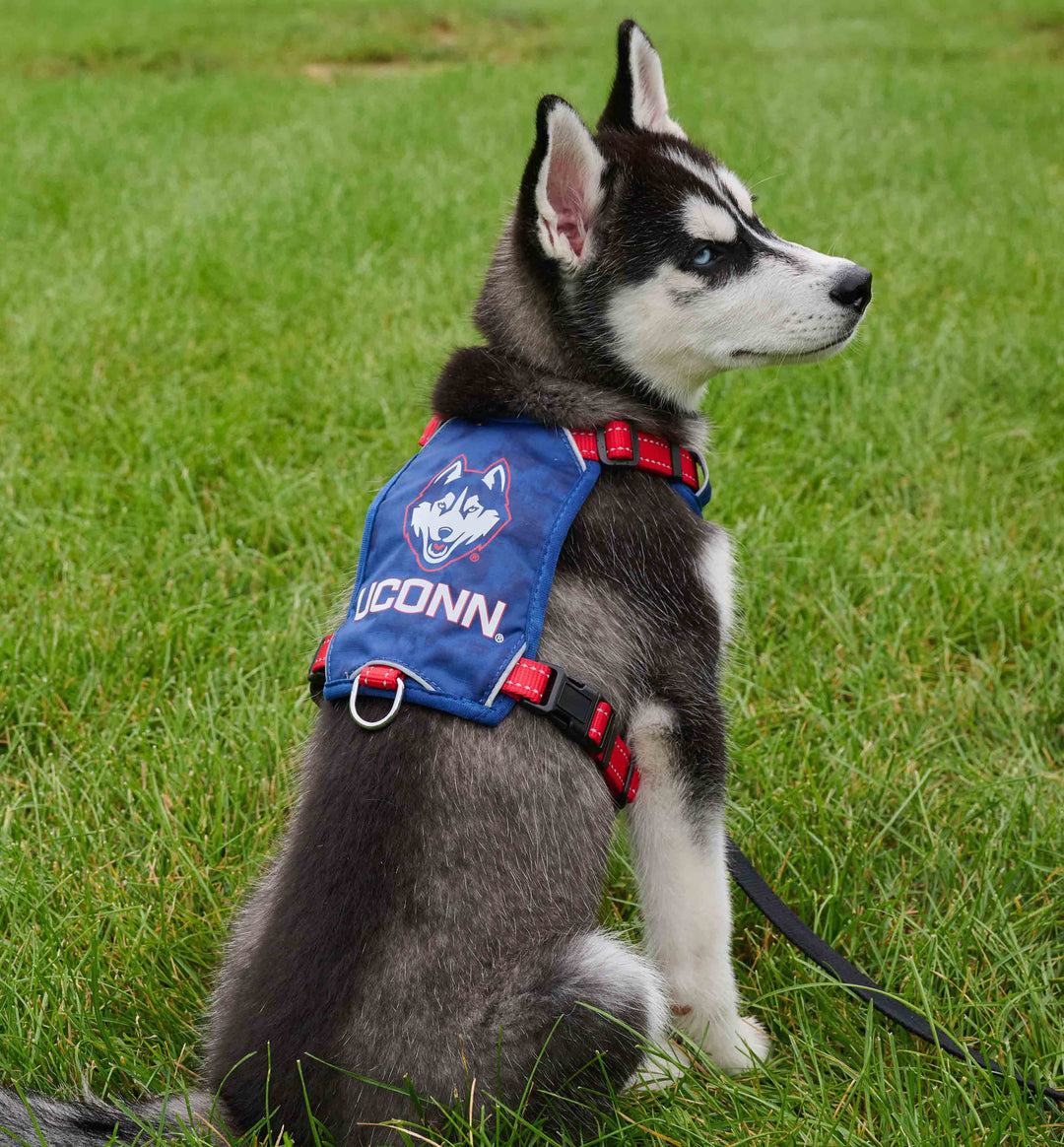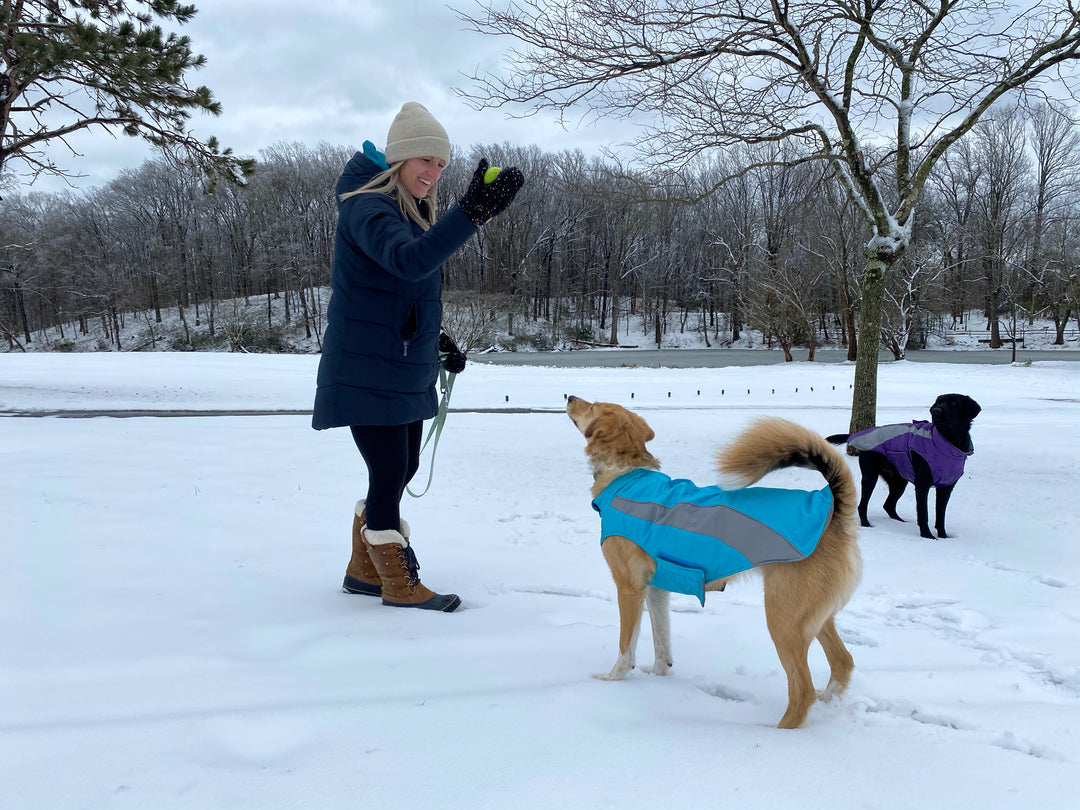Do you want the best tips and tricks for how to get your dog and cat to get along? Cats and dogs are two very separate beings. Their communication methods differ, too. A dog shakes his tail to show happiness and excitement to play. A cat lashes her tail to show anger or displeasure.
The fight among cats and dogs is a topic of discussion from Hollywood to hometowns. In this article, you will learn different tips and tricks to help your cat and dog get along. We'll share the do's and don'ts of learning how to get your dog and cat to get along. If you follow these simple steps, your pets should be happily cohabiting in no time.

Cats are territorial and do not take well to change, so a well-managed, transparent awareness of another pet is the best way to introduce them to a new animal. Patience is a must, because the introduction stage could take anywhere from a few days to many weeks -or even longer in some cases.
Keeping the animals on a leash is preferred, and NEVER force the animals to be together. Talk in soft tones to both
animal. Also, give each animal some one-on-one attention in a separate place. It's important that you do not ignore the resident pet to give the new one more attention. Letting each animal see the other for a short time and slowly increasing the increments will allow them time to get used to one another.
How To Get Your Dog and Cat To Get Along

DO’S:
1. Make Sure Their Personalities Suit One Another
Certain kinds of cats and dogs don't commonly get along better than others. It’s necessary to take their personalities and energy levels into account. If a dog is competitive and territorial, it won't be a great fit in a household with a lively cat. A cat who is interested in, but not fearful of, dogs and a dog who has an interest in a relationship with felines would make the perfect pair. Likewise, a senior dog may not like sharing a home with a noisy kitten. You must consider the needs and/or wants of both pets when learning how to get your dog and cat to get along. Whether you already have a dog and are looking for a cat, or the other way around, an animal shelter is a great place to look for your new companion. Most shelters will allow you to bring the animals together for a meet-and-greet before you make the adoption official.2. Always Manage Communications Between New Pets
Because puppies and kittens do not have experience with other animals, they will typically get along with the opposite species much faster than older animals. Growing up mutually, they will build a relationship. This doesn't mean that it's impossible to get an older animal to get along with a younger pet, it may just be a bit more difficult. You must always manage the communication between your dog and cat, even if both are friendly. A kitten may be finished playing, but the active puppy will still want to go. His actions will confuse the kitten, which could result in hissing or scratching. Train the puppy to play by tracking a toy - never his smaller feline buddy. This will confirm he grows up respecting, not hunting, smaller animals. Observe both animals, so you can tell when they are becoming annoyed or angry with the other. Do not leave your cat and dog alone until they are 100% comfortable with each other. You need to be present at all times, just in case you need to intervene if there is a problem. 3. Make Sure the Introduction Is Smooth
3. Make Sure the Introduction Is Smooth
Cats are territorial and do not take well to change, so a well-managed, transparent awareness of another pet is the best way to introduce them to a new animal. Patience is a must, because the introduction stage could take anywhere from a few days to many weeks -or even longer in some cases.
Keeping the animals on a leash is preferred, and NEVER force the animals to be together. Talk in soft tones to both
animal. Also, give each animal some one-on-one attention in a separate place. It's important that you do not ignore the resident pet to give the new one more attention. Letting each animal see the other for a short time and slowly increasing the increments will allow them time to get used to one another.
4. Allow Them To Smell Each Other
A good "smell-off" will help your cat and dog get close with each other. Animals learn to know one another by smell, not by face-to-face meetings. Also before they see each other, you can help both pets get to know each other by lightly rubbing a T-shirt, towel or blanket over one animal and allowing the other one a chance to smell it before the initial introduction.
5. Provide Each Animal with Their Own Space
When learning how to get your dog and cat to get along, you'll need to have a few separate areas for each animal. Your cat will need to have her litter box and food in areas where the dog cannot go. Each animal should also have their own bed or sleeping area in a place where the other animal is not allowed to go.DON’TS:
Learning how to get your dog and cat to get along isn't difficult. There are only a few things that you absolutely should not do. For the most part, having patience, staying calm and allowing the animals to get to know each other slowly will work every time. If the animals are older, it may take a little more time and patience. Likewise, some dogs and cats may just need a little more time to come around. The best advice that we can give you is to stick with it and have patience. Now, there are a few things that you must be sure you do not do:- Don't permit your dog to follow a new cat around if it looks like he is beginning to think of it as a game. Some dogs have a very great prey drive, and they must learn that chasing other pets is not good behavior.
- Don't give too much time to your new pet at first. Your existing animal must know that they are still wanted. They need to know that the new pet is not going to take away the attention and love that they are used to receiving.
- Don't leave a dog and cat together freely until you are sure they 100% comfortable with each other. It may take several months for them to feel comfortable, so be sure that you have a way to separate them when you're not at home.























